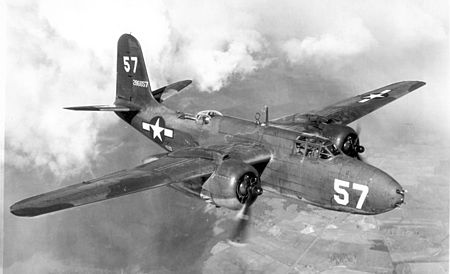 Introduction
Introduction
The Douglas A-20 Havoc was World War II light bomber attack and recon aircraft. Its users, besides the United States Army Air Force (USAAF), were Soviet Air Forces, Soviet Naval Aviation and the British Royal Air Force (RAF) which called the A-20, Boston.
It was also used by air forces of Australia, South Africa, France and the Netherlands. Brazil obtained the Havoc and after the War. There 7,478 Havocs built for all users .
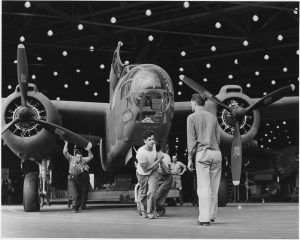
Design and Development
Donald Douglas, in March of 1937, led a design team that included Ed Heinmann and Jack Northrop that designed a new light bomber that was to be powered by 2 Pratt & Whitney R-985 Wasp-Junior radial engines rated at 450 hp each.
However another design model very similar being used in the Spanish Civil War indicated the proposed aircraft Model 7A as Douglas named it, was extremely underpowered and could carry very little if any ordnance.
Donald Douglas, in response to a USAAF request for a attack aircraft, placed Ed Heinmann as head of the design team replaced the R-985 with Pratt & Whitney R-1830 Twin Wasp engines and now called Model DB-7B for the USAAF proposal. Competition for this bid was strong, with North American NA-40, Stearman X-100 and Martin 167F. Although the DB-7B was very maneuverable and fast, the USAAF did not place any orders with Douglas.
However the French Purchasing Commission who were in the country looking for American armament of various types, were attracted to the DB-7B. The “Munich Crisis” was in progress and the French wanted new weapons to counter the German aggression and they ordered 270 DB-7s.
Although DB-7 aircraft were not the fastest or as long-ranged as some other aircraft in this class (light bomber), it was rugged and dependable with good speed and maneuverability.
One of Britain’s RAF test pilots, said “The Boston has no vices, very easy to take off and land…The aeroplane represents a definite advantage in the design of flying controls, extremely pleasant to fly and maneuver. Former Boston pilots found it their favorite aircraft of the war dut the ability to toss it around like a fighter. The Boston bomber/night fighter was found to be extremely adaptable and found a role in every combat theater of the ar, and excelled as a true ‘ pilots aeroplane’.”
The DB-7 series ended on 20 September 1944 with a total of 7,098 had been built by Douglas and another 380 by Boeing. The Douglas ability to mas produce aircraft, when the Havoc production was over, the Santa Monica, California plant was quickly re-designed and refurbished and immediately started producing the A-20 Havoc series for the USAAF.
The plant itself was only 700 feet long but by looping back this made the assembly a mile long. Manhours were reduced 50% for some areas of operation and production efficiency was increased.
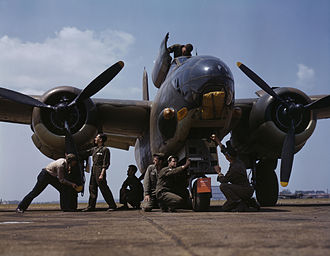
Operational History
France
The French had ordered 270 DB-7s (Douglas Bomber 7) variant as they wanted to modify the aircraft with their machine guns and instruments. They started out with the Pratt and Whitney R-1830–SC3-G radial engine, rated at 1,000 hp. Later tt was changed to the Pratt and Whitney R-1830-S3C-G radial engine rated at 1,100 hp. The fuselage was narrower and deeper.
The DB-7s were shipped to Casablanca in North Africa for asembly and sent to France. When the germans attacked France in May of 1940,the 64 available of the DB-7s were used against the Germans.
After the fall of France, the remaining DB-7s went to North africa but fell under the control of the Vichy French. They were used against the Allied invasion of French North Africa. After French (Vichy) forces sided with the Allies, the remaining French DB-7s were used as trainers.
Great Britian (RAF)
The RAF bought the undeliverable DB-7s as France had fallen to the Germans. The Bostons as the RAF renamed them saw action in the Mediterranean and North Africa. During and after the “Battle of Britain” the Boston II were used as night fighters with 8 /30 cal machine guns in the wings..
Some were used as “Turinlite aircraft where the aircraft had been fitted with a powerful searchlight in the nose of the aircraft. The Boston would be directed by a radar operator on the ground in the proximity of an enemy on a bombing or escort run at night. The pilot of the Boston would turn on the searchlite on the enemy aircraft and the Boston’s escorting RAF aircraft would attack the blinded enemy. This practice discontinued in early 1943.
United States Army Air Force
In the 1930s, the United States Army Air Corp (USAAC) was reluctant to pursue any purchases of the A-20. When they saw the improved versions and variants sold to the French and RAF, they became more interested. The USAAC was interested in two versions, the A-20 for high altitude bombing and the A-20A for medium and low level bombing.
Over all USAAC ordered over 1,000 A-20s of different models with about 600 going to the USSR in the lease-lend deal.. The USAAC received 356 A-20s that wereorginally bought by France but could no longer be delivered because the German take over of France.
Pacific
In 1942 the first operational unit that saw combat was the 89th Bombardment Squadron that served in New Guinea. It was found that Japanese air defenses in the South Pacific were not nearly as deadly as the German air defences in Europe.
There wasn’t any need for a Bombardier in the aircraft and extra machine guns were mounted on the nose giving them devastating fire power at low altitude. The low level attack would wipe out ground targets like aircraft and hangers, and supply dumps. On the ocean the forward gun power was so devastating against the bombs could be literally skipped against supply ships an destroyers.
Europe and Mediteranean
In July of 1942, the first USAAF “Boston” squardonron manned RAF A-20s in the first combat by American forces in theat type of aircraft. They saw service in North Africa, Italy and Corsica France.
It was found the the German air defenses were, especially flak, caused high loses at low altitude, thus medium level bombing was adopted. In 1944 the Havoc begin recon sorties until the end of the war, as more advanced fighter bombers took over their manin chore.
Where you can see the Douglas A-20 Havoc
#41-19393 Wings Museum Balcombe, England
#43-21709 Lewis Air Legends San Antonio,
#43-22200 National Museum if the United State air Force Dayton, Ohio
#4321627 Pima Air and Space Museum Tucson, Arizona
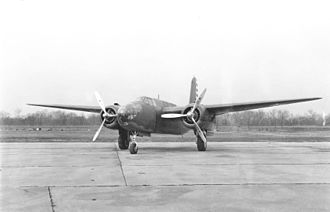
Tech Specs for the A-20 Havoc
Wingspan: 61 ft 4 in
Length: 47 ft 8 in
Height: 17 ft 7 in
Weight: 16,693 lbs (empty) 24,127 lbs (MGTOW)
Max Speed: 317 mph
Ceiling: 23,700 ft
Range: 945mi (combat)
Engine: 2/Wright R-2600-23 Twin Cyclone radial rated 1,600 HP
Crew: 3
THANKS, FOR READING! I HOPE THIS WAS INFORMATIVE!


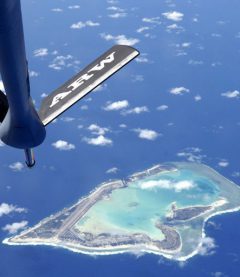

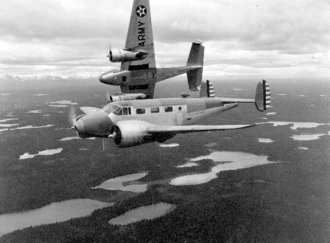



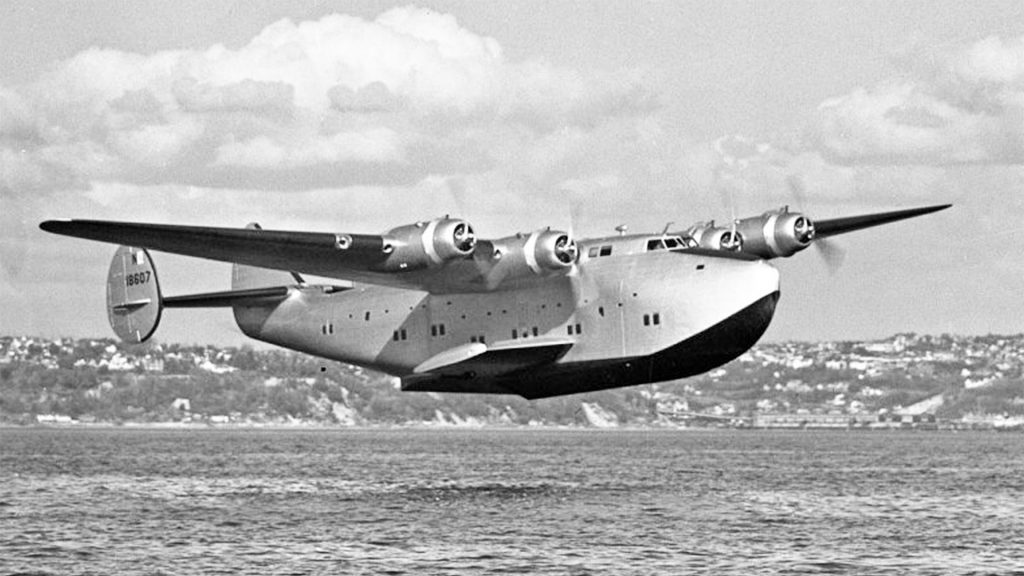

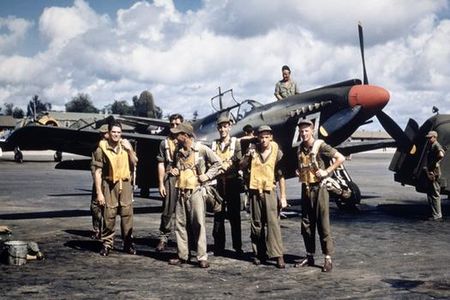


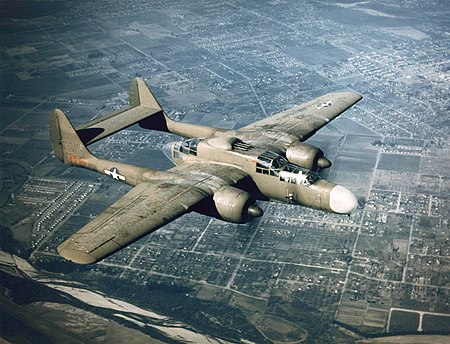 INTRODUCTION
INTRODUCTION Introduction
Introduction



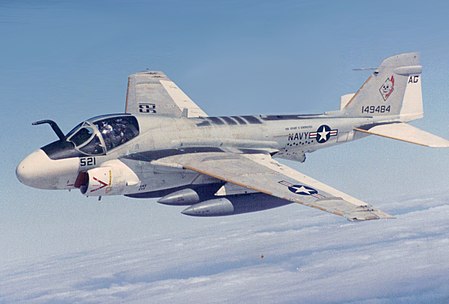
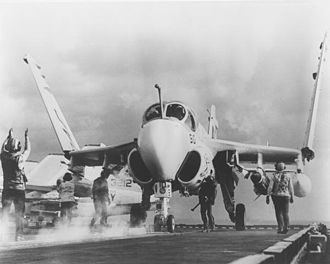
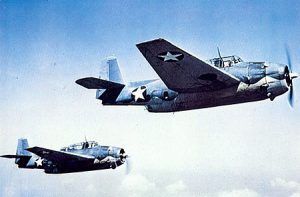 INTRODUCTION
INTRODUCTION
